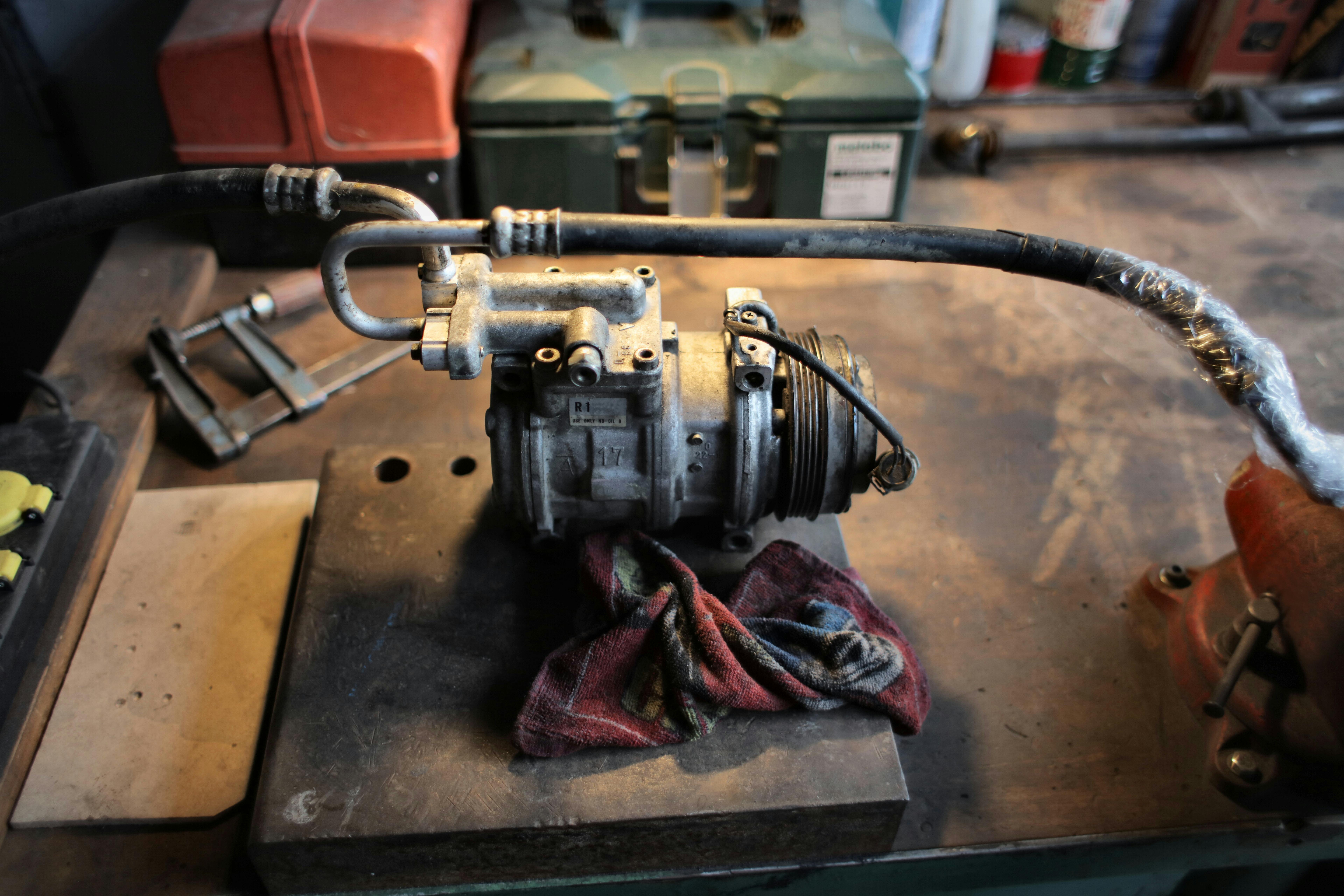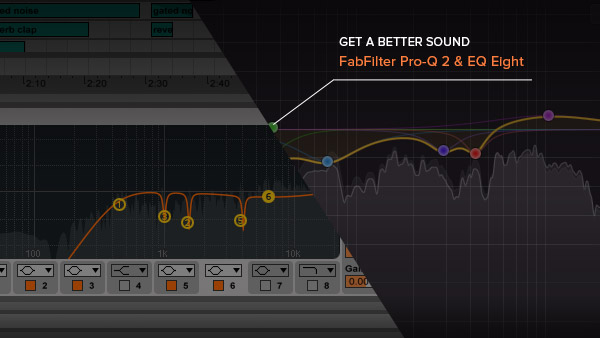

Bigelow, The true neck of the femur: Its structure and pathology, Clin.

Harty, The calcar femorale and the femoral neck, J.

Tobin, The internal architecture of the femur and its clinical significance the upper end, J. Cooperman, Proximal femoral anatomy in the normal human population, Clin. Leyvraz, et al., Three-dimensional morphology of the proximal femur, J.

A three-dimensional radiographic analysis, J. Aubaniac, et al., The morphology of the proximal femur. Chen, et al., Treatment of the femoral neck and trochanteric benign lesions, Clin. Biomechanical and finite element study of drilling sites for benign lesions in femoral head and neck with curettage, bone-grafting and internal fixation. Although the simulated operation of bone-grafting and internal fixation in different drilling sites increased the axial stiffness and torsional stiffness, only in the case of implanting bones and internal fixation for the lateral cortical drilled hole increased the axial stiffness greatly and made a statistical difference, even more stiff than the intact proximal femur model.ĬonclusionCompared with drilling in the anterior femoral neck, a bigger stability could be obtained after drilling in the lateral proximal femur for benign lesions in femoral head and neck with curettage, bone-grafting and internal fixation.Ĭitation: Bang Dou, Fangfang Zhang, Ming Ni, Yahui Dai, Zhiyuan Wang, Tao Qin, Wenqian Ma, Wei Zhu, Jiong Mei. ResultsThe simulated operation of curettage decreased the axial stiffness and torsional stiffness of the intact proximal femur significantly, while there was no statistical difference on the degree of the decline between different drilling sites. Wilcoxon signed-rank test was used for statistical analysis, with a p value < 0.05 indicating statistical significance. Besides, finite element models corresponding to mechanical testing were simulated according to one of the twelve femora, then finite element analysis were done. Group 1 femora were simulated the operation of curettage, bone-grafting and internal fixation, and group 2 femora were simulated the operation of curettage. MethodsTwelve paired formalin-fixed human cadaveric femora were grouped randomly into 2 groups of 6 pairs each, which were group 1 and group 2, and one of each pair of femora was grouped randomly to drill an oval-shaped hole in the anterior femoral neck, and the contralateral femur was assigned to drill an oval-shaped hole in the lateral of the proximal femur. ObjectiveTo evaluate the influence of drilling sites for benign lesions in femoral head and neck with curettage, bone-grafting and internal fixation.


 0 kommentar(er)
0 kommentar(er)
